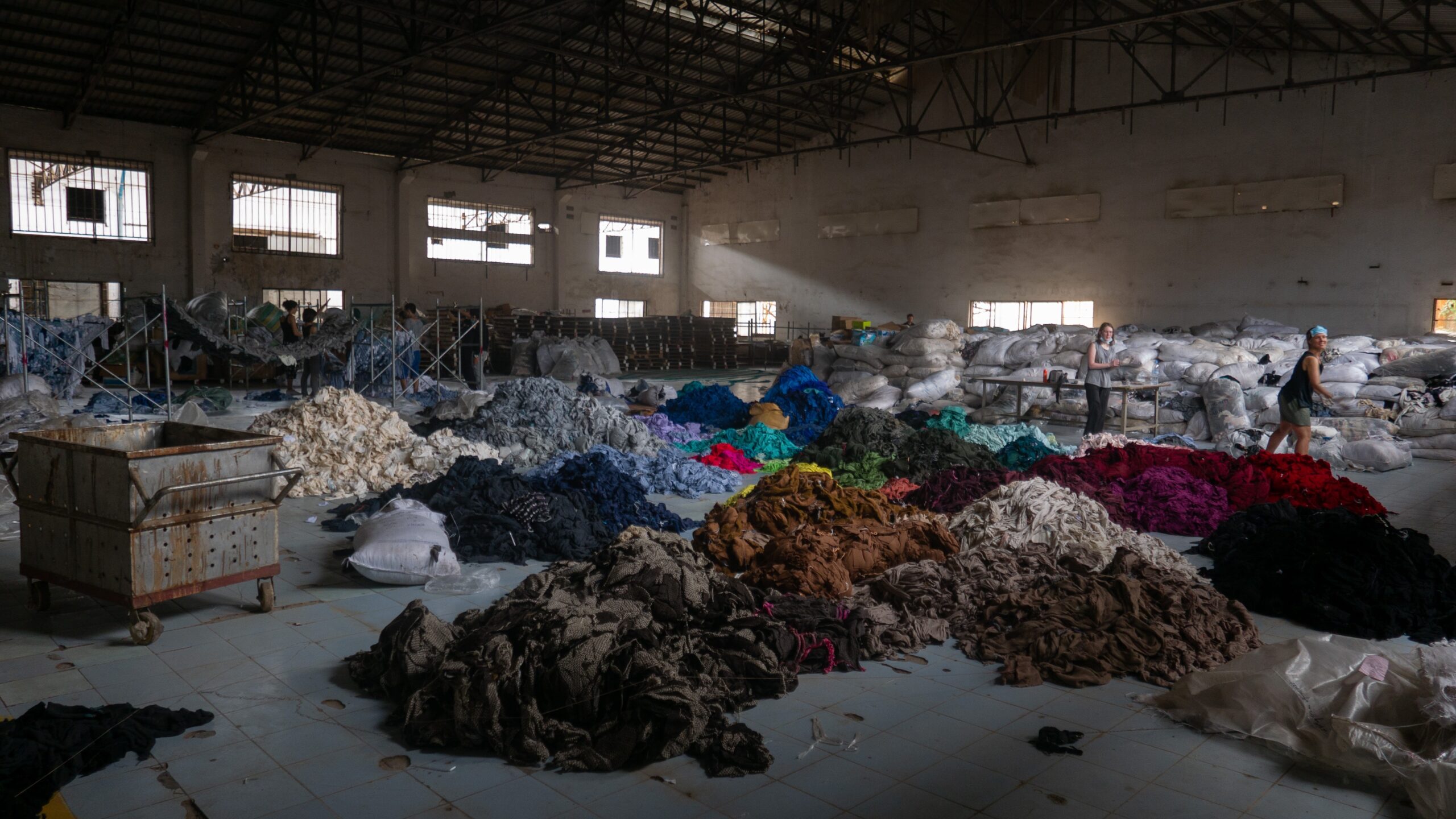


#Clothes #Fast Fashion #reduce #Sustainable Fashion #Sustainable Living
Alidia Vane
The fashion industry is a large contributor to climate change, with an estimated 4-10% of global climate emissions originating from the fashion industry. Fast fashion, characterized by its constantly changing styles, plays a significant role in exacerbating this problem.
Across the industry, but particularly for fast fashion distributors, the demand for faster production leads to overproduction, waste, and the use of fossil fuel-based synthetic materials. Compared to natural materials, synthetic materials are more easily adapted into different fast fashion products in a short turnaround time. Unfortunately, these synthetic materials also tend to be low-quality and have short lifespans, leading most fast fashion clothing ending up in landfills.
While the fashion industry has introduced some end-of-life solutions, they’re insufficient to truly offset the industry’s impact. For example, while recycling clothes is better than sending them to the landfill, these technologies are still limited, especially for items made from synthetic materials. This results in most “recycled” fibers deposited in landfills in other countries. Worse, the prevalence of fashion recycling programs can serve to reduce guilt, paradoxically encouraging increased consumption.
The most effective solution to combat the environmental impact of the fashion industry is a simple one: buy less in the first place. Here are some practical steps to achieve this:
By making mindful fashion choices, we don’t only help the environment, but we also send a signal to companies. Demonstrating our preferences for quality, longevity, and eco-conscious practices, we can collectively encourage the industry to reevaluate their practices and embrace more sustainable approaches.